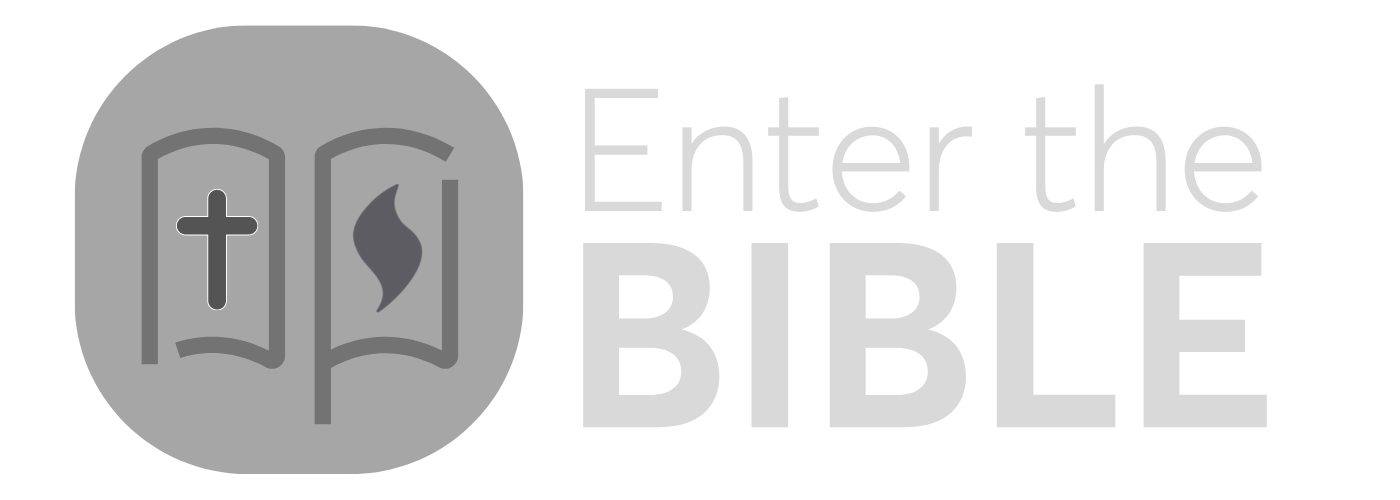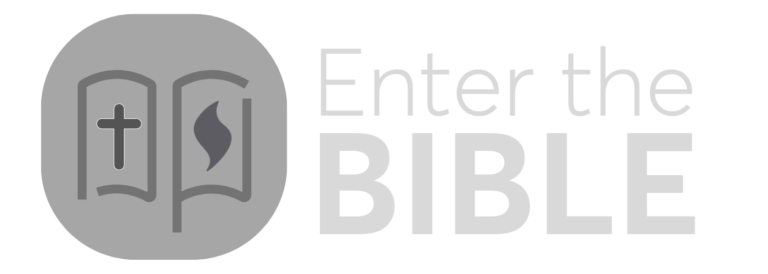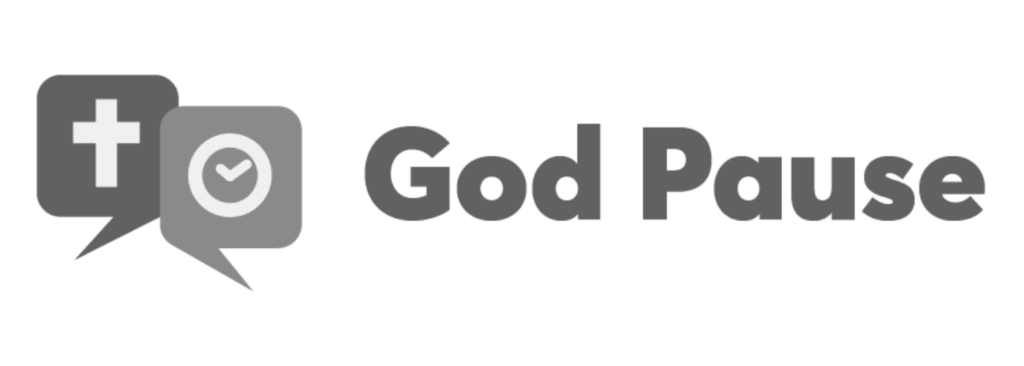Let’s get one thing straight. There is no best way to read the Bible. Any way you are reading the Bible is good. It’s better to be reading the Bible once a week, standing on one foot, and wearing an orange fright wig than not reading the Bible at all! That being said, there are many ways to do so.
One time-honored way is to buy a new Bible for Christmas and then on New Year’s Day to start reading Genesis 1 with the intention of plowing straight through to Revelation 22, usually within a yearlong timeframe. These good intentions normally come a cropper about three verses into the “begats” of Genesis 5. Should you make it through Genesis 5 there are always the six chapters of instructions regarding the TempleThe Jerusalem temple, unlike the tabernacle, was a permanent structure, although (like the tabernacle) it was a place of worship and religious activity. On one occasion Jesus felt such activity was unacceptable and, as reported in all four Gospels, drove from the temple those engaged... More furnishings, followed by the five chapter report of their execution in Exodus (Exodus 25–31; 35–39), or the nine chapters of genealogical lists with which 1 Chronicles begins, to squelch your resolve.
Other approaches fare little better. Those repulsed by the war and violence of the Old Testament will probably be repulsed by Jesus’ threats of casting those opposed to the Kingdom into the fiery furnace where there is much wailing and gnashing of teeth (Matthew 13:42) or his suggestion that we amputate hands and/or feet that cause us to sin (Mark 9:43, 45).
Some plans combine readings so that you read a chapter or two from Genesis along with a chapter or two from Matthew, and a PsalmA psalm is a song of praise. In the Old Testament 150 psalms comprise the psalter, although some of the psalms are laments and thanksgivings. In the New Testament early Christians gathered to sing psalms and hymns and spiritual songs. More. This widens the reader’s interest and experience at the cost of destroying any sense of narrative continuity in either Genesis or Matthew.
There are plans that will help you read the Bible chronologically in the order in which events took place or in the order in which the books were written. These can help us see the sweep of the biblical narrative, but it is strange to be reading Paul’s letters before the Gospels and the scholarly dating of the Bible’s individual parts is once again somewhat in flux.
To be blunt, the problem is not necessarily with the plan. Our resolutions to read the Bible are very much like our New Year resolutions to exercise, jog, or go to the gym. We start out fine but by the third or fourth week … well, you know. Fifty-five years ago Maxwell Maltz claimed that it takes an average of 21 days to develop a new habit in the (appropriately self published) self-help classic Psycho-Cybernetics (1960, Psycho-Cybernetics Foundation). These days, University College London psychologist Phillippa Lally, along with her colleagues, has shown it is more like 66 days and can be as long as 245 days for a behavior to become ingrained.1
Obviously, what is needed is some way to keep yourself motivated until your Bible reading becomes “automatic” as Lally would say. I submit that the best way to do this is to enlist the help of others. On a large scale, many congregations have small groups who meet in homes or elsewhere to discuss Amos or Jonah or Galatians or whatever they have been reading during the month. Often there are group leaders who have been briefed by the pastors and discussion questions or background information provided to help guide participants and fuel interest, but it is the commitment of the group that has kept individuals motivated.
Finally, a few observations from a “seasoned” Bible reader’s experience:
- Speed is not of the essence. It doesn’t matter if you finish in a year, or two, or twenty-two. To paraphrase Ralph Waldo Emerson, “It’s the journey, not the destination.”
- Read from a different translation every month. Children’s Bibles, graphic novels (“comic books” in my generation), and paraphrases like the Living Bible or the Message count. Most English translations are available online at no cost. You may find one you love . . . or hate!
- Stay with one book for a whole week/month/season. Become very familiar with one of the Gospels, or Paul’s letters, or Hosea by reading it a number of times.
- Try to read the whole Gospel of Mark/Genesis/Acts in one sitting. The biblical books were never intended to be read in snippets the way we hear them read at worship. In fact, in classical Greek, one of the meanings of pericope — the technical term for the individual lectionary readings — is “mutilation.”2
- Try reading out loud, or find a recording online at sites like this: https://www.biblegateway.com/resources/audio/
Again, through most of its life the Bible was experienced through the ears rather than the eyes. - Consider Maya Angelou’s lovely statement: “I read the Bible to myself; I’ll take any translation, any edition, and read it aloud, just to hear the language, hear the rhythm, and remind myself how beautiful English is.”3
- Finally, for those out there who have studied Greek or Hebrew, consider reading your Bible in the original language — just reading, no translating — maybe one verse a day, and see what happens…
NOTES:
1. Lally, P., van Jaarsveld, C. H. M., Potts, H. W. W. and Wardle, J. (2010), How are habits formed: Modelling habit formation in the real world. Eur. J. Soc. Psychol., 40: 998–1009.
2. Liddell and Scott, Greek–English Lexicon, abridged [London: Oxford, 1966] 549).
3. Angelou, Maya, interviewed by George Plimpton for The Paris Review, The Art of Fiction no. 119.










